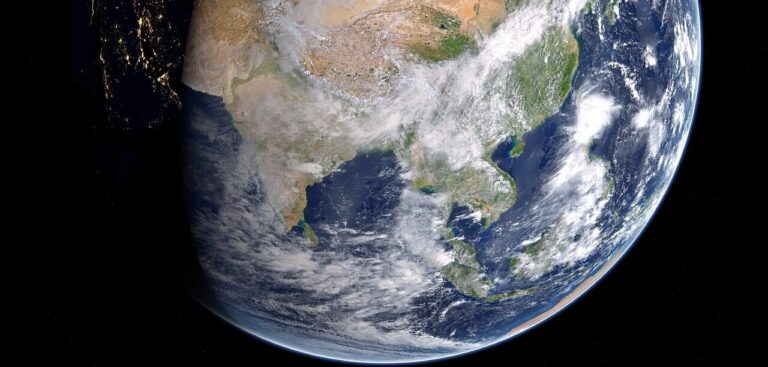The China Meteorological Administration (CMA) has announced that its new Fengyun-3E (FY-3E) and 4B (FY-4B) meteorological satellites have become fully operational.
Part of the World Meteorological Organization’s (WMO) Integrated Global Observing System (WIGOS), FY-3E and FY-4B have spent the past six months observing typhoon, rainstorm and severe convection, helping to support Belt and Road construction efforts and disaster preparedness.
On September 29, 2021, FY-3E released the first batch of high-definition global ocean surface wind field distribution observations of different time intervals, atmospheric temperatures, and humidity distribution of different heights.
Research was carried out on numerical weather prediction (NWP) models by harnessing instruments on board FY-3E during the Typhoon Muifa and Typhoon Ma-on. The data from FY-3E increased the evaluation of quantitative precipitation, which boosted the rainfall forecasting capacity of the NWP system.
FY-4B has performed 22 intensive observations during its trial operation. It played an instrumental role in weather forecasts of precipitation in North China, severe convection in Qinghai, cold vortex in Northeast China, and typhoon emergency response.
During trial operation, FY-3E has pushed 650GB data to CMA’s National Meteorological Information Centre via data distribution, providing data services to users at home and abroad.
CMA has successfully launched 19 FY meteorological satellites to date, seven of which remain in orbit, providing data and services to 124 countries and territories around the world.



